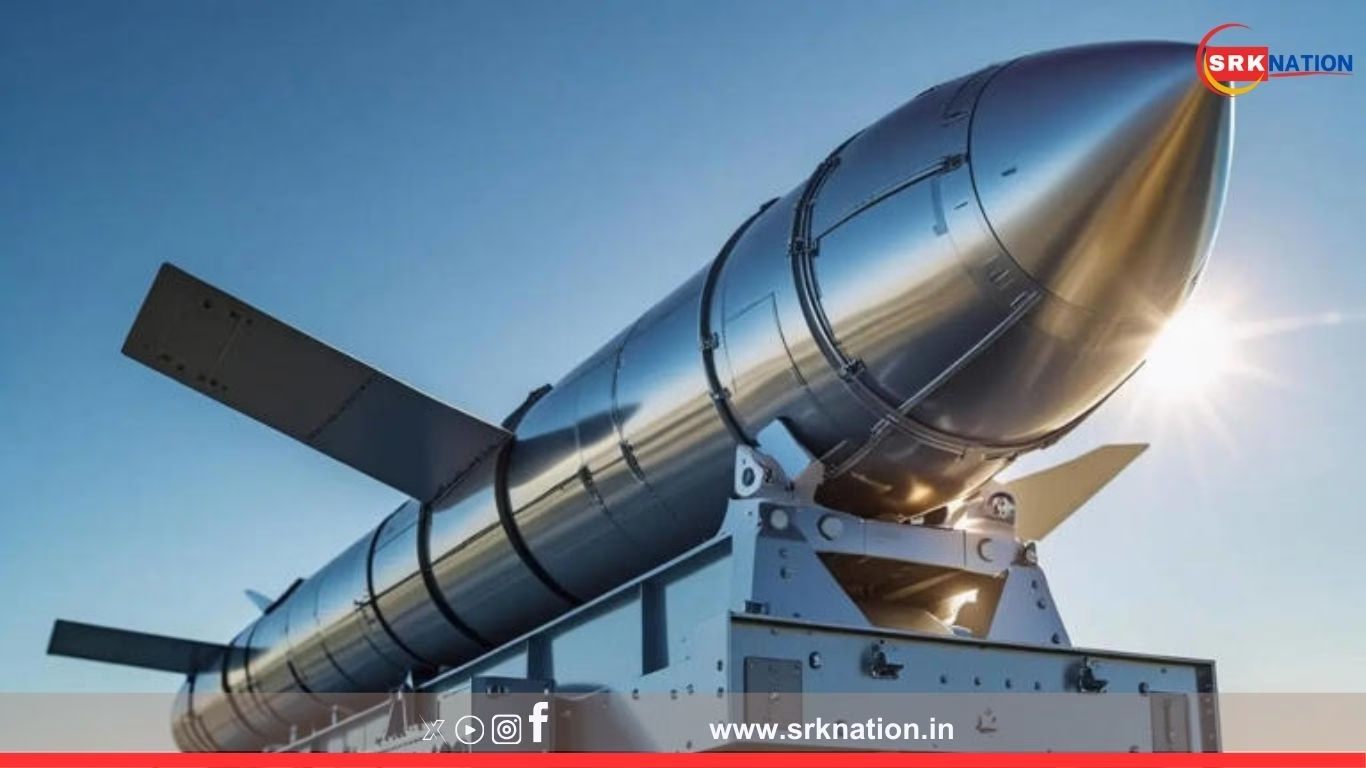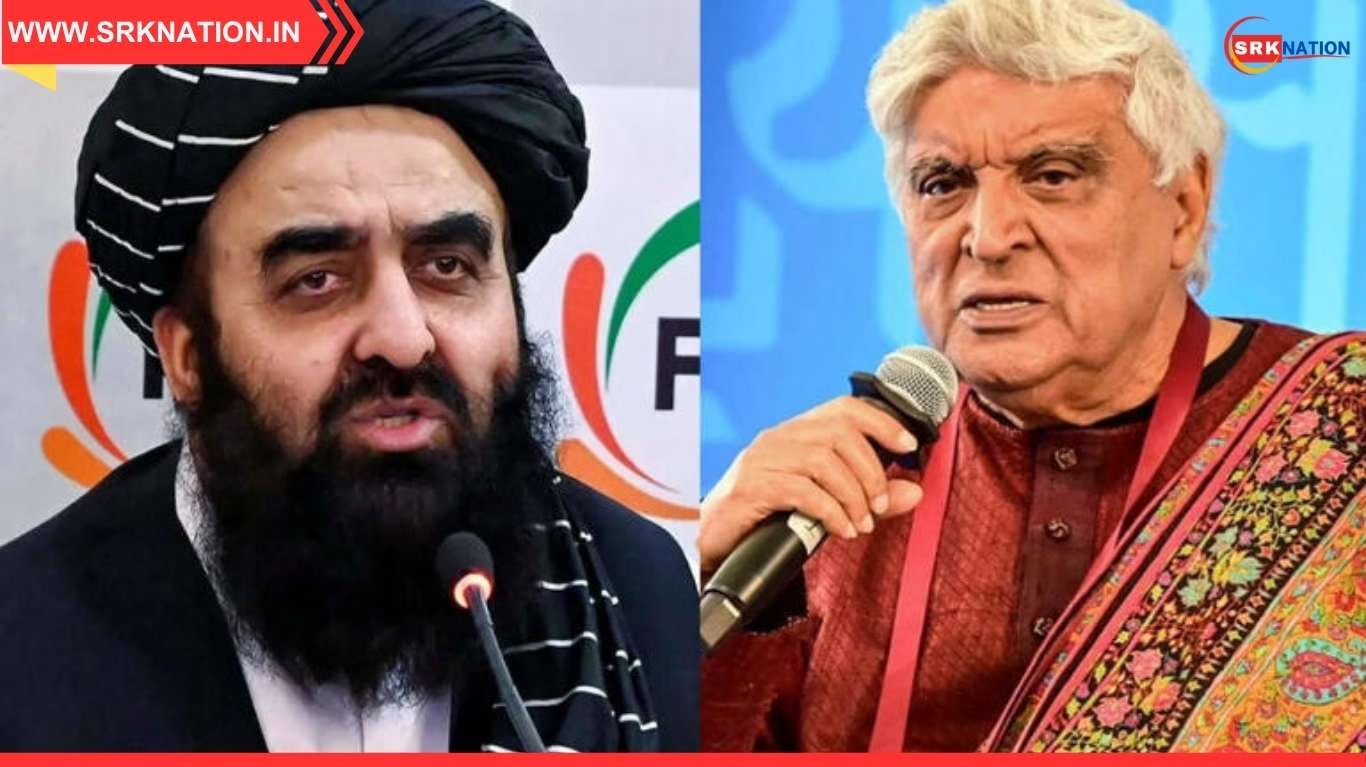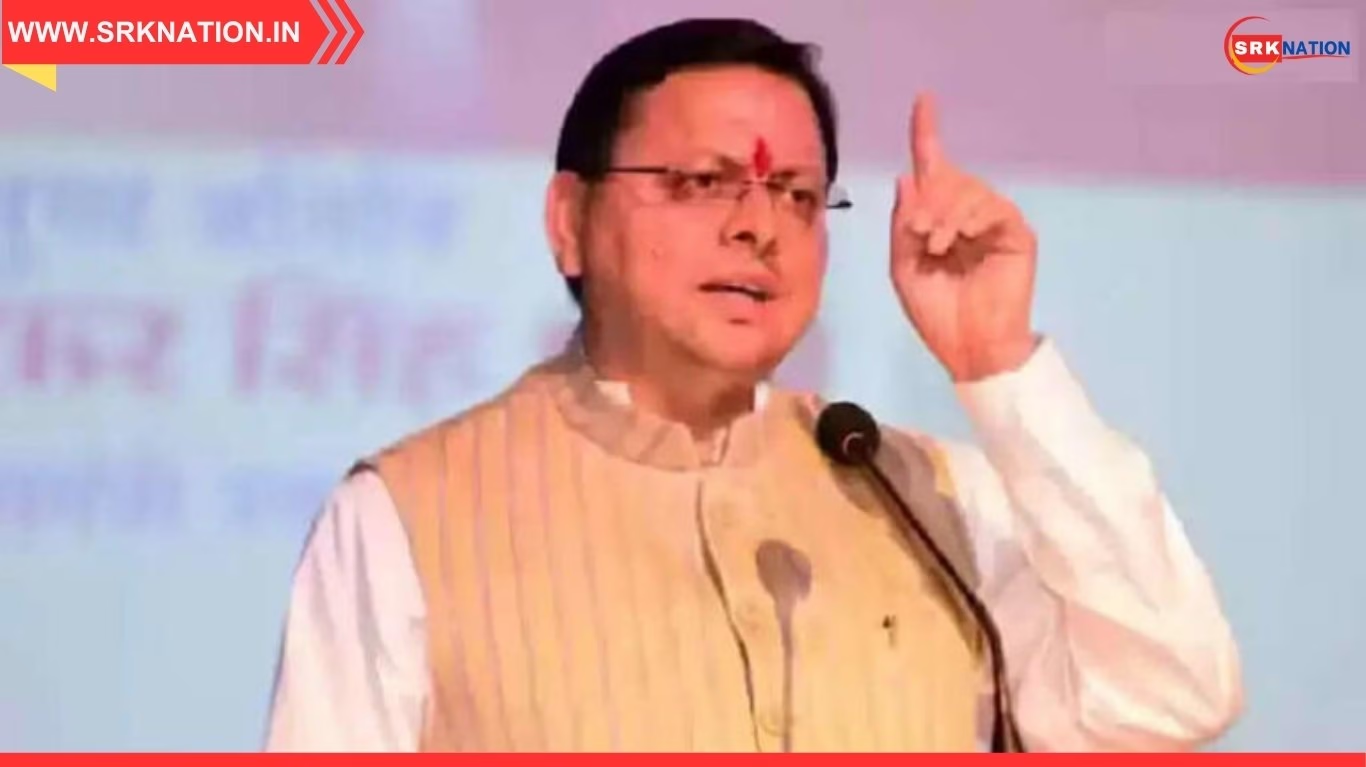India successfully test-fired its nuclear-capable Agni-5 ballistic missile from the Integrated Test Range (ITR) in Chandipur, Odisha on August 20, 2025, marking a significant leap in its strategic deterrence capabilities. Developed by the Defence Research and Development Organisation (DRDO), the missile validated all operational and technical parameters under the Strategic Forces Command, reaffirming India’s commitment to maintaining a credible minimum deterrence posture.
With a range exceeding 5,000 km and equipped with advanced navigation, guidance, and propulsion systems, Agni-5 is India’s most powerful land-based missile. The successful test has drawn sharp reactions from Islamabad, where strategic analysts and defense officials have expressed concern over the implications for regional stability.
🚀 Agni-5: India’s Most Advanced Ballistic Missile
Agni-5 is a three-stage, solid-fueled intercontinental ballistic missile (ICBM) designed to deliver nuclear warheads with high precision. It is capable of carrying up to three warheads simultaneously, thanks to its Multiple Independently Targetable Reentry Vehicle (MIRV) technology.
| Feature | Specification |
|---|---|
| Type | Intercontinental Ballistic Missile (ICBM) |
| Range | Over 5,000 km (up to 7,500 km in future variants) |
| Payload Capacity | Up to 1,500 kg |
| Warhead Configuration | MIRV (up to 3 nuclear warheads) |
| Launch Platform | Road-mobile launcher |
| Guidance System | Ring laser gyroscope + GPS |
| Developer | DRDO |
| First Test | April 2012 |
| Latest Test | August 20, 2025 |
The missile’s extended range places most of Asia—including China and Pakistan—within reach, and future variants may be capable of targeting cities as far as Washington, Moscow, and Beijing.
🧠 Strategic Significance for India
The Agni-5 test is more than a technological milestone—it’s a strategic signal. It reinforces India’s nuclear triad, which includes land-based missiles, submarine-launched ballistic missiles (SLBMs), and air-delivered weapons. The successful test also demonstrates India’s growing self-reliance in defense technology and its ability to maintain a credible deterrence posture amid evolving geopolitical threats.
| Strategic Benefit | Description |
|---|---|
| Extended Deterrence | Covers entire Asia and beyond |
| MIRV Capability | Multiple target engagement |
| Mobility | Road-mobile launchers enhance survivability |
| Precision Strike | Advanced guidance ensures accuracy |
| Strategic Messaging | Signals readiness and capability |
India’s entry into the Missile Technology Control Regime (MTCR) in 2016 has accelerated its access to advanced missile systems, further enhancing its strategic edge.
⚠️ Why Islamabad Is Worried
Pakistan’s Strategic Vision Institute (SVI), a defense think tank based in Islamabad, has warned Prime Minister Shahbaz Sharif and Army Chief Asim Munir that India’s missile program poses “serious risks” to regional stability. The SVI argues that India’s rapid missile development, especially with MIRV and bunker-buster capabilities, could tilt the strategic balance.
| Concern Raised by Pakistan | Implication |
|---|---|
| MIRV Technology | Overwhelms missile defense systems |
| Extended Range | Threatens deep strategic assets |
| Naval Nuclear Arsenal | Expanding SLBM capabilities |
| MTCR Membership | Access to global missile tech |
| Future Variants | Potential reach beyond 8,000 km |
Pakistan’s concern is compounded by India’s growing naval nuclear arsenal, including submarine-launched missiles that enhance second-strike capability.
🧪 Recent Developments in Agni-5 Program
India has been steadily upgrading the Agni-5 platform. On March 11, 2024, the DRDO conducted the first MIRVed test launch from Kalpakkam, validating its ability to carry and release multiple warheads. Future enhancements include integration of bunker-buster bomb technology, enabling the missile to strike fortified underground targets.
| Development Milestone | Date | Description |
|---|---|---|
| First MIRVed Test | March 11, 2024 | Multiple warhead deployment validated |
| Bunker-Buster Integration | Under development | Targeting hardened installations |
| Range Extension | In progress | Up to 7,500–8,000 km in future variants |
These upgrades position Agni-5 as a versatile and formidable component of India’s strategic arsenal.
🌍 Regional and Global Implications
India’s missile test has implications beyond South Asia. With the ability to reach major global capitals, Agni-5 enhances India’s strategic autonomy and deterrence posture. It also signals India’s readiness to play a larger role in global security frameworks.
| Region Affected | Strategic Implication |
|---|---|
| South Asia | Alters India-Pakistan deterrence balance |
| East Asia | Signals capability to counter China |
| Middle East | Expands strategic reach |
| Global Powers | Demonstrates long-range strike capability |
While India maintains a “No First Use” nuclear policy, its missile advancements ensure credible second-strike capability, a cornerstone of nuclear deterrence.
🧠 Expert Commentary
Defense analysts have hailed the Agni-5 test as a major step in India’s strategic evolution. Former DRDO chief Dr. V K Saraswat noted:
“Agni-5’s MIRV capability and extended range make it a game-changer in India’s deterrence architecture.”
Strategic affairs expert Brahma Chellaney added:
“India’s missile program is no longer reactive—it’s proactive, calibrated, and technologically robust.”
📌 Conclusion
The successful test of Agni-5 marks a defining moment in India’s defense trajectory. With its extended range, MIRV capability, and future enhancements, the missile strengthens India’s strategic edge and reinforces its position as a responsible nuclear power.
While Islamabad’s concerns reflect the shifting balance in South Asia, India’s focus remains on credible deterrence and strategic stability. As the region grapples with evolving threats, Agni-5 stands as a symbol of India’s preparedness, precision, and power.
—
Disclaimer: This article is based on publicly available defense updates and strategic commentary as of August 21, 2025. It is intended for informational purposes only and does not constitute official military or diplomatic advice.











